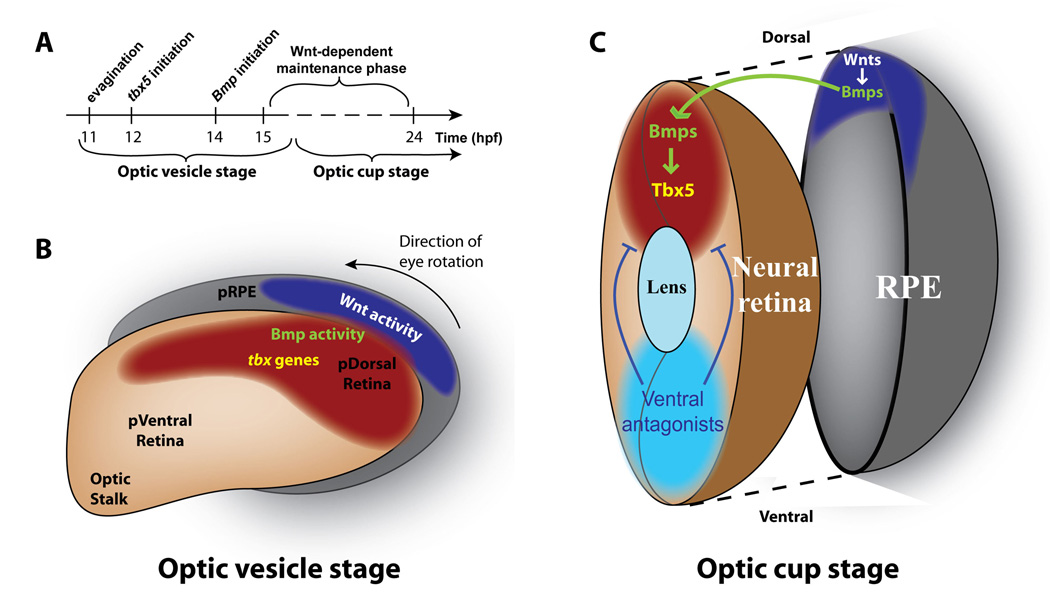Figure 7. Model for Wnt-dependent maintenance of dorsal identity.
A: Timeline of dorsal identity establishment. Optic vesicles evaginate from the anterior neural tube at 11 hpf. Soon thereafter, at 12 hpf, the first dorsally restricted marker, tbx5, begins to be expressed. Expression of Bmp ligands within the dorsal retina and RPE begins at 14 hpf, and a phase of Wnt-dependent dorsal identity maintenance begins between 14–16 hpf. B: Diagram of the optic vesicle at approximately 14 hpf. Wnt signaling becomes active in the dorso-posterior presumptive RPE at this point, Bmp signaling is active in the presumptive dorsal retina and presumptive RPE, and tbx5 is expressed in the presumptive dorsal retina. At about 22 hpf, the entire eye undergoes an approximately 90° rotation so that the posterior eye assumes its final dorsal position. C: Model of Wnt-mediated maintenance of dorsal retinal identity. A Wnt signaling center in the dorsal RPE maintains bmp expression in the dorsal RPE and retina. Bmp signaling then maintains tbx5 expression in the dorsal retina. Simultaneously, inhibitors such as Bmp antagonists and transcription factors like Vax2 act to limit the extent of dorsal identity. Abbreviations: pRPE: presumptive retinal pigmented epithelium; pDorsal Retina: presumptive dorsal retina; p Ventral Retina: presumptive ventral retina.

